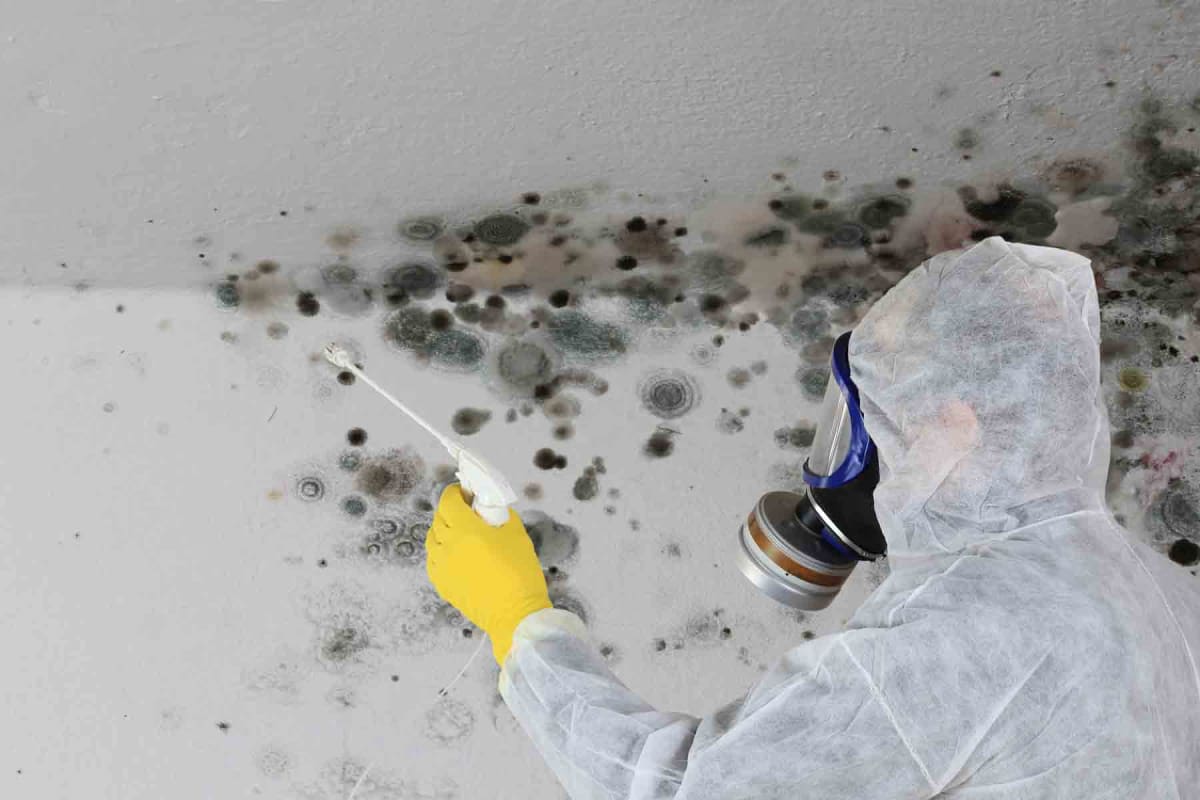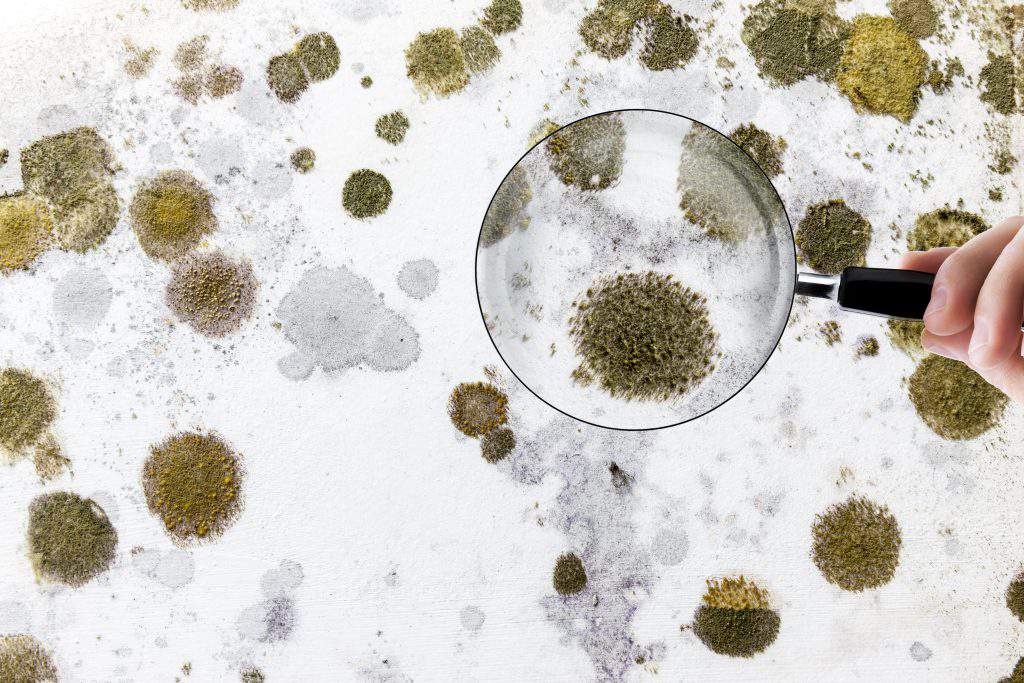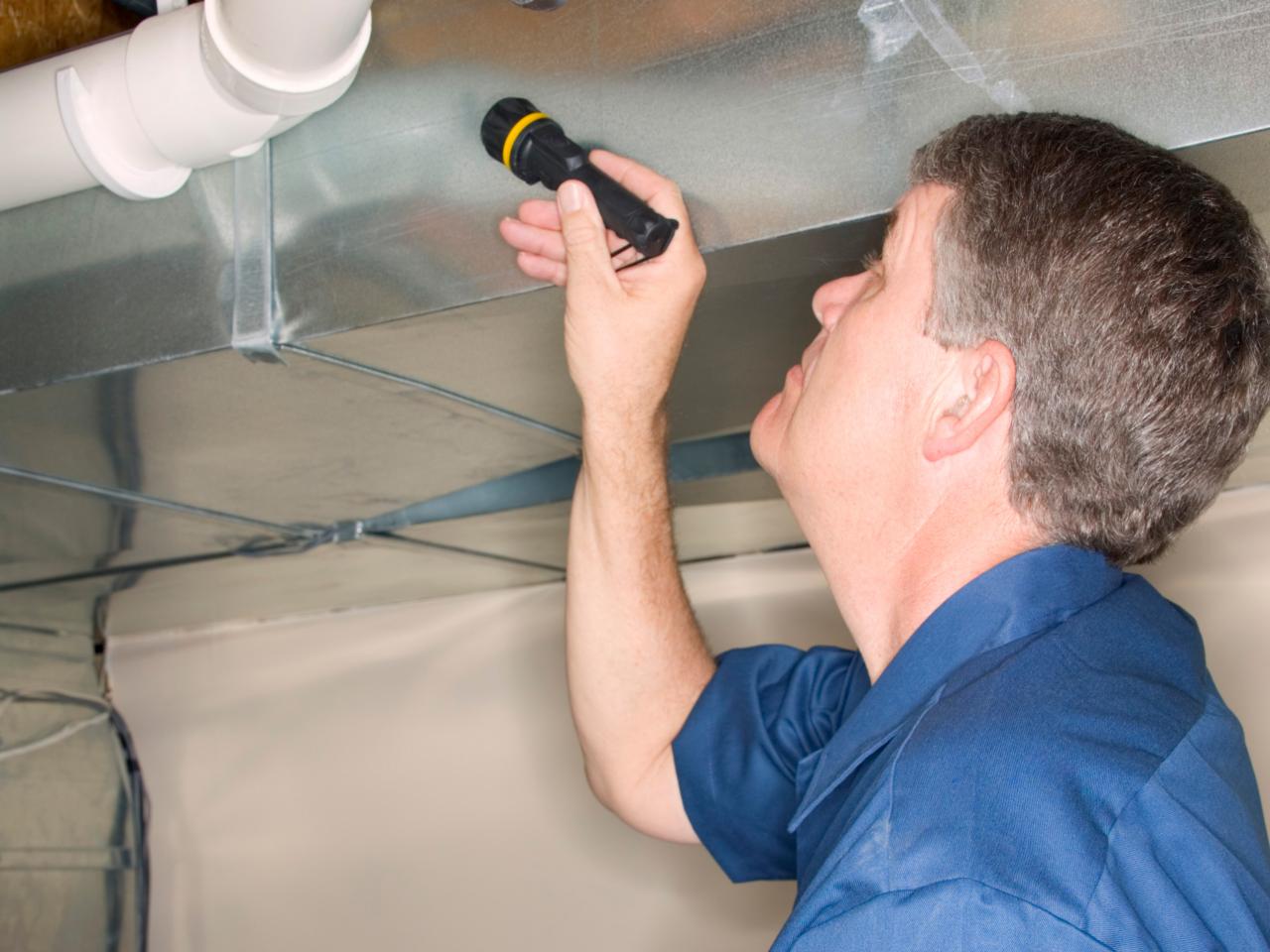Your Ultimate Guide to Blog Post Mold And Mildew Remediation Techniques
In the consequences of mold and mildew problem, recognizing exactly how to effectively eradicate the mold and stop its reoccurrence is vital for keeping a healthy and balanced indoor atmosphere. From selecting the appropriate cleansing and decontaminating methods to implementing methods for lasting mold avoidance, each step in the remediation journey plays a vital function in guaranteeing an effective outcome.
Recognizing Post-Mold Removal Process
After completing the mold removal procedure, it is critical to understand the post-mold removal techniques that are essential to guarantee a complete and efficient cleanup. When the mold has actually been removed, the next step involves cleaning and disinfecting the influenced areas to avoid any kind of regrowth of mold and mildew. This consists of using specialized cleaning up agents to wipe down surfaces and eliminate any type of remaining mold spores. It is necessary to dry out the location entirely to inhibit the development of mold in the future (Post Remediation Inspection near me). Proper ventilation and dehumidification can assist in this procedure.
Additionally, conducting a last evaluation post-remediation is important to make sure that all mold has actually been efficiently eliminated. If the evaluation reveals any kind of sticking around mold and mildew, added removal may be necessary.
Effective Cleaning Up and Decontaminating Methods

Protecting Against Future Mold And Mildew Development

Significance of Correct Air Flow
Proper ventilation plays an essential function in avoiding wetness buildup, an essential consider mold and mildew development within indoor settings. Effective ventilation systems aid get rid of excess moisture from the air, reducing the opportunities of mold spores finding the wetness visit the site they need to spread out and sprout. Without appropriate ventilation, interior spaces can come to be a breeding place for mold and mildew, causing prospective health threats and architectural damages.
By making certain correct air circulation, air flow systems can additionally assist in drying out wet areas quicker after water damage or flooding incidents, additionally discouraging mold growth. what to do after mold remediation. In areas like shower rooms, attics, kitchens, and cellars where wetness degrees tend to be greater, installing and keeping reliable air flow systems is important in avoiding mold and mildew infestations

Monitoring and Maintenance Tips
Offered the essential function that proper air flow plays in protecting against mold development, it is necessary to develop effective tracking and maintenance tips to ensure the ongoing performance of ventilation systems. Routine inspections of ventilation systems need to be carried out to check for any type of indicators of clogs, leakages, or breakdowns that can hamper correct air movement. Surveillance humidity degrees within the building is additionally essential, as high moisture can add to mold development. Mounting a hygrometer can assist track humidity degrees and alert homeowners to any type of spikes that may need focus. Additionally, making sure that air filters are on a regular basis cleansed or replaced is important for preserving the performance of the ventilation system. Implementing a schedule for regular upkeep tasks, such as duct cleansing and a/c system assessments, can assist prevent problems prior to they intensify. By remaining proactive and mindful to the condition of ventilation systems, residential property owners can effectively alleviate the threat of mold and mildew regrowth and maintain a healthy indoor environment.
Conclusion
Finally, post-mold remediation techniques are necessary for guaranteeing a safe and tidy atmosphere. Recognizing the process, carrying out effective cleaning and disinfecting techniques, avoiding future mold development, maintaining appropriate ventilation, and regular tracking are all crucial steps in the removal procedure. By adhering to these standards, you can efficiently get rid of mold and mildew and prevent its return, advertising a healthy living or working area for all residents.
In the aftermath of mold invasion, recognizing exactly how to efficiently eradicate the mold and mildew and prevent its reoccurrence is paramount for preserving a healthy and balanced interior environment. Once the mold and mildew has been eliminated, the following step includes cleaning and decontaminating the influenced areas to avoid any regrowth of mold and mildew - testing air quality after mold remediation. After getting rid of noticeable mold and mildew growth, it is important to clean all surface areas in the damaged location to eliminate any remaining mold spores. To additionally enhance mold prevention steps, it is vital to resolve underlying concerns that originally led to mold growth.Given the crucial function that proper air flow plays in protecting against mold development, it is critical to establish efficient surveillance and maintenance ideas to guarantee the ongoing performance of air flow systems